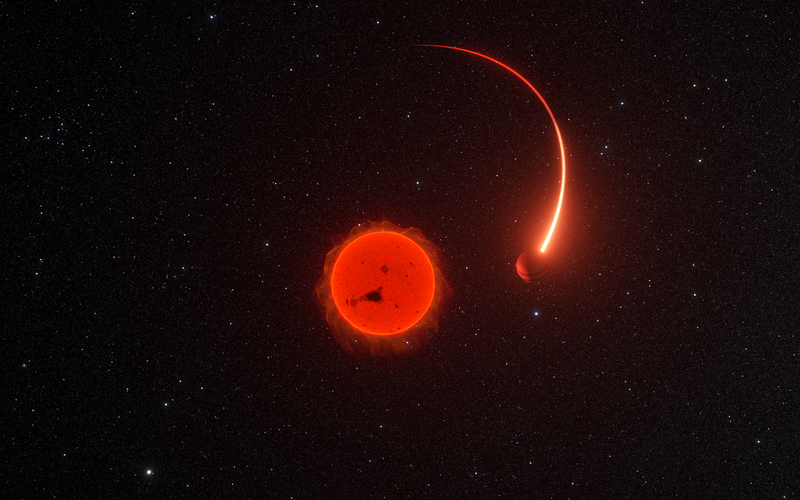
A planet in orbit around a star creates a tiny gravitational ‘tug’ that makes the star ‘wobble’ around its centre of mass and travel in a corkscrew-like motion across the sky. The easiest objects to discover using astrometry are massive and in distant orbits around their parent star. Previously, a few massive brown dwarfs were confirmed to exist by other telescopes who observed their faint glow next to bright stars for which Gaia had detected such a wobble.
That’s in contrast to the transit method, which detects planets as they pass in front of their star and is most likely to find planets in a close orbit. And although detecting a wobble suggests a star might have a planet, there are other potential causes (such as binary star systems), so astrometric discoveries must be confirmed using other methods.
“Gaia was repeatedly scanning these stars, building up an increasingly detailed picture over time,” Guðmundur says. “In 2022, Gaia Data Release 3 included a list of stars that appear to be moving as though pulled by an exoplanet. Using ground-based spectroscopic data and the radial velocity technique to investigate these stars, we confirmed our first planet and our first brown dwarf.”
Combining astrometric and radial velocity data allows astronomers to find all the orbital details and the mass of the orbiting object, offering a unique opportunity to create three-dimensional visualisations.



